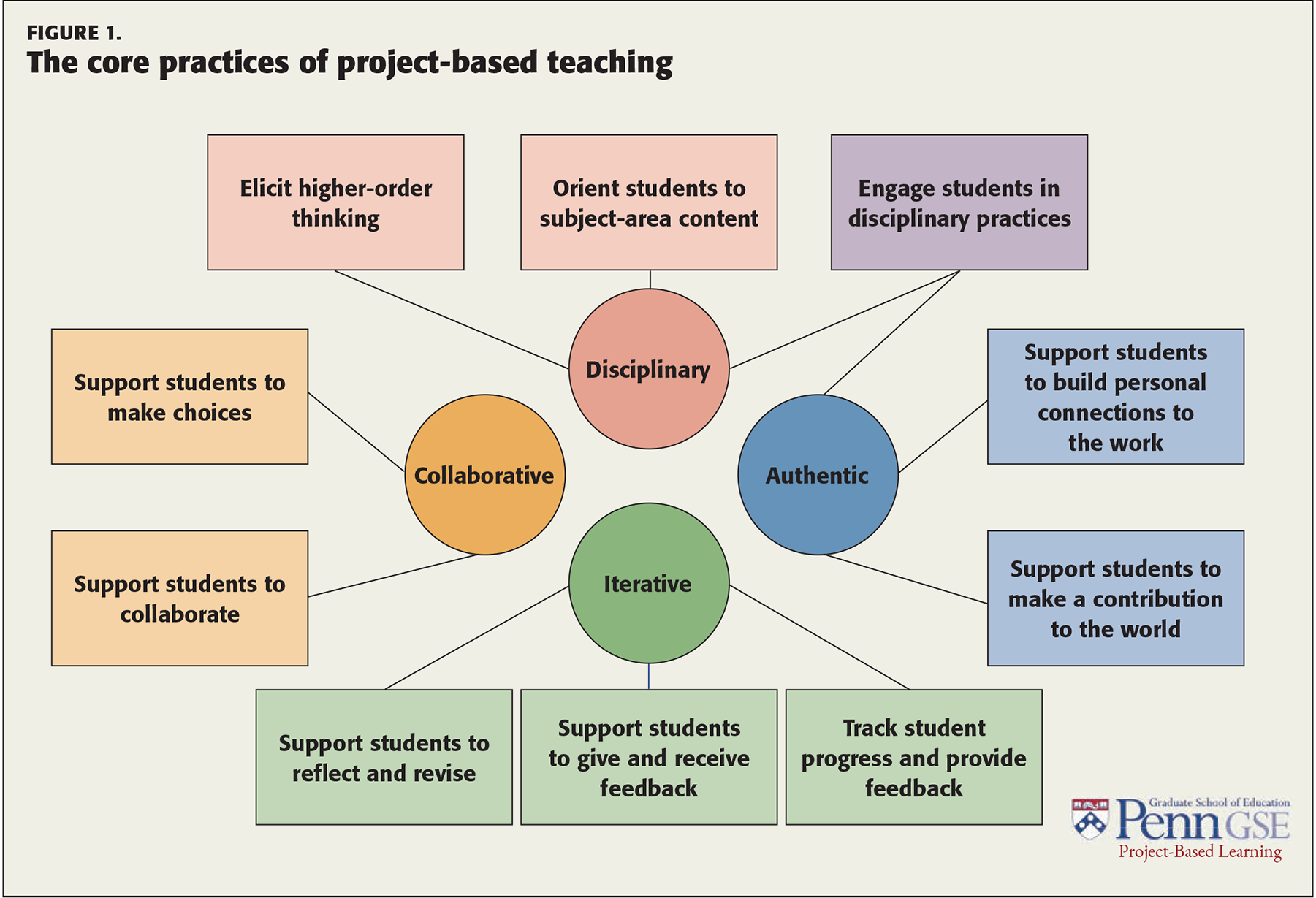
Map of a colonial road between Boston and New York

Page from John Adams diary (November 5th 1774)
I am a senior at Suffield Academy and I am involved in a project-based learning class. Our goal is to find out more about what happened in Suffield in 1774, regarding freedom, slavery, and its complexities.
My previous research was about, Loyalists in Suffield in 1774. Through my investigation I found some important document. One of the document I found contains names of Loyalist that were in Suffield in 1774. This made me wonder: Can I find more documents during the mentioned time period?
By using researching skills, I found a diary written by John Adams. By using investigation skills, I found a page that states that John Adams was in Suffield November 5th 1774. It was immediately interesting for our class to learn that John Adams had been to our town in 1774. John Adams was an important lawyer and patriot from Massachusetts. He was part of the First Continental Congress that took place in 1774-1775. He later became the second president of the United States. Moreover, John Adams was a complex intellectual. In the after math of the Boston Massacre, he showed his passion for the law and acted on his belief that everyone deserves a fair trial. He agreed to defend the soldiers from Great Britain. He argued that the troops had acted in self-defense. The Boston jury agreed, and six of the soldiers were found not guilty. By defending the British soldiers, he went against his patriot beliefs as well as his cousin´s, Samuel Adams.
Moreover, by looking through the diary of John Adams we realized he was a good reporter, who will help our class learn more about freedom and slavery in 1774. For instance, when he was near Suffield and stayed overnight at an Inn in Palmer, Massachusetts, he describes an interesting discussion. In the diary page from November 5th 1774, he talked about Parliament´s recent Acts with a Scottish Presbyterian couple. They also discussed trade, economy, and politics. Interestingly, he agreed with these “zealous Americans” who were of another faith and belief than his Congregationalist´s ideas.
“The People in this Part of Connecticutt, make Potash, and raise a great Number of Colts, which they send to the West Indies, and barter away for Rum &c. They trade with Boston and New York but most to New York. They say there is a much greater Demand for Flaxseed of which they raise a great deal, at N. York, than there is at Boston, and they get a better Price for it. Kibby at Somers keeps a Shop, and sells W. India goods and English Trinketts, keeps a Tavern, and petty foggs it”. – John Adams (thoughts on trade in Enfield, CT).
Moreover, I was excited to find that this important leader of the revolution traveled through Suffield. I started wondering: Had John Adams ever been to Suffield before? Why did he visit our town? What impact did his visit have on the community?
By using cross-referencing skills I found a reference to John Adams in Robert Treat Paine´s diary. This diary states that Paine and John Adams were also in Suffield on August 10th 1774. (While it is likely that John Adams traveled through our area because it was a common pathway between Boston and New York). Moreover, I still want to find more about John Adam´s reason for visiting Suffield, and what impact his visit had. I hope to find out more about this in the time to come. By using more cross-referencing skills, team work and investigation skills I will look thorough more of the pages from the John Adams Diary and mention of John Adams in other local diaries. I also want to research if there were any other important historical figures in Suffield in the 1770s it the diary pages.
Sources:
https://www.masshist.org/publications/apde2/view?id=ADMS-01-02-02-0004-0008-0005
https://en.wikipedia.org/wiki/John_Adams#Opponent_of_Stamp_Act_1765
http://www.masshist.org/publications/apde2/view?id=DJA02d119
http://www.masshist.org/digitaladams/archive/popup?id=D22&page=D22_1
https://en.wikipedia.org/wiki/Boston_Post_Road













